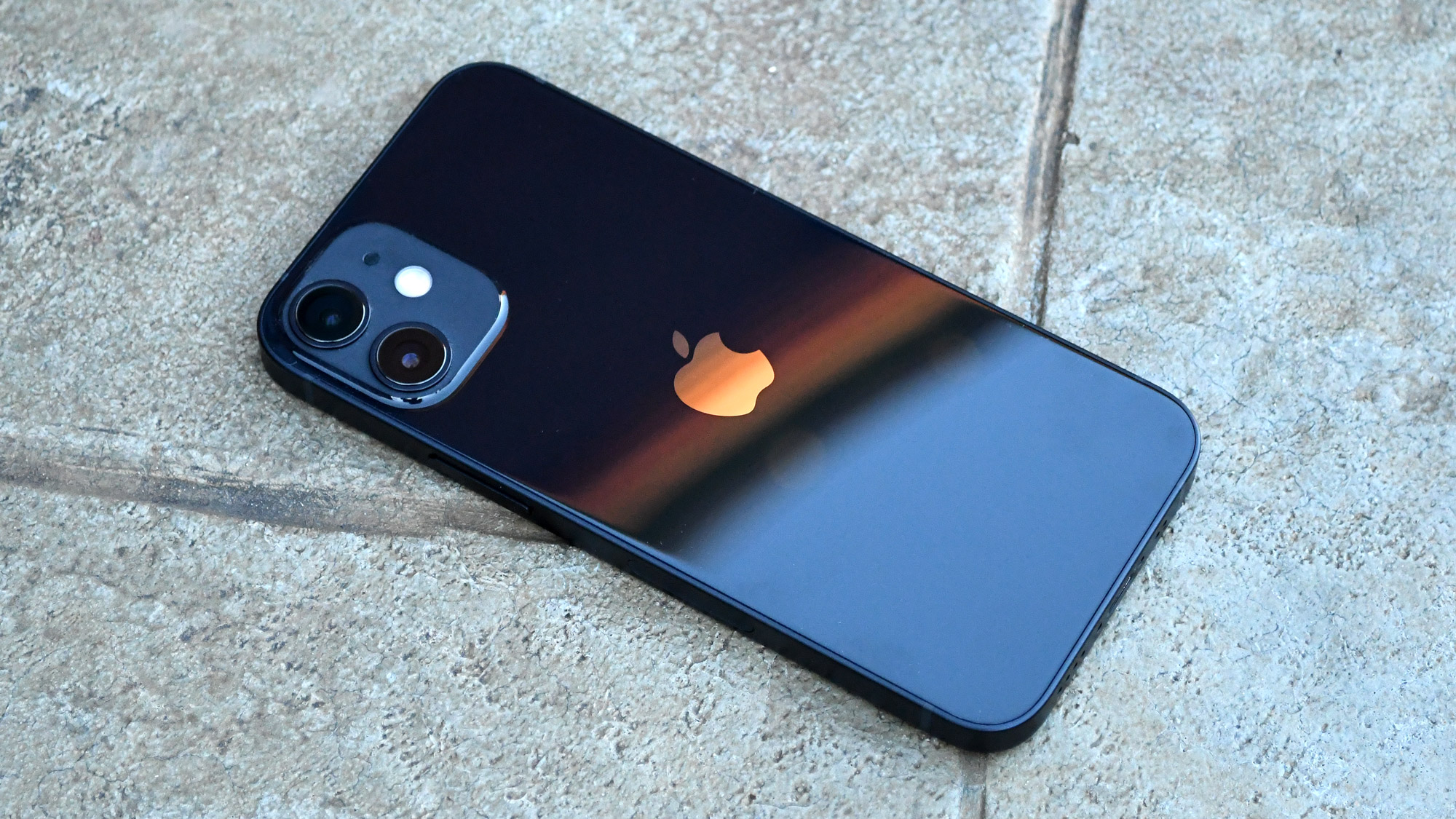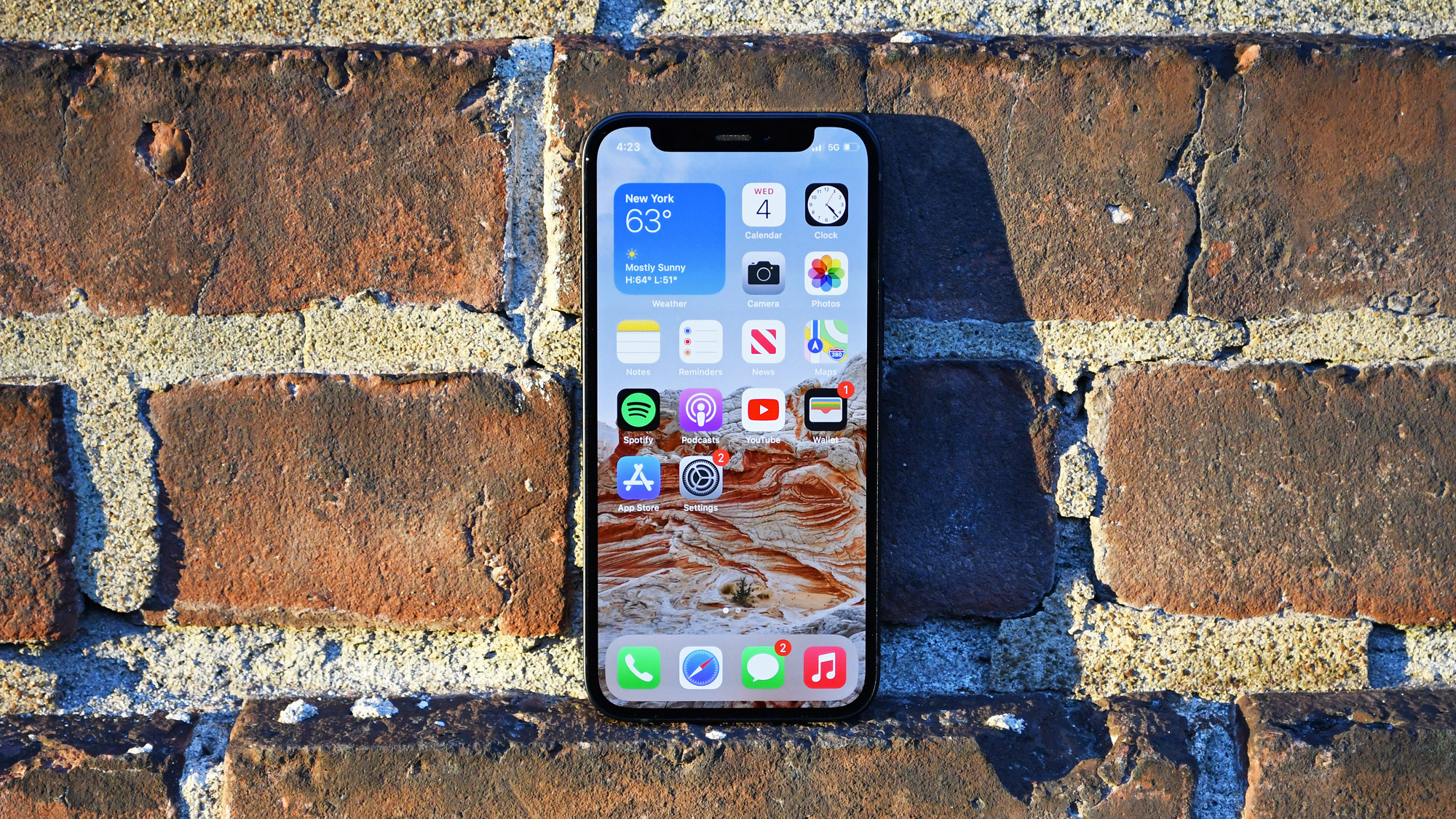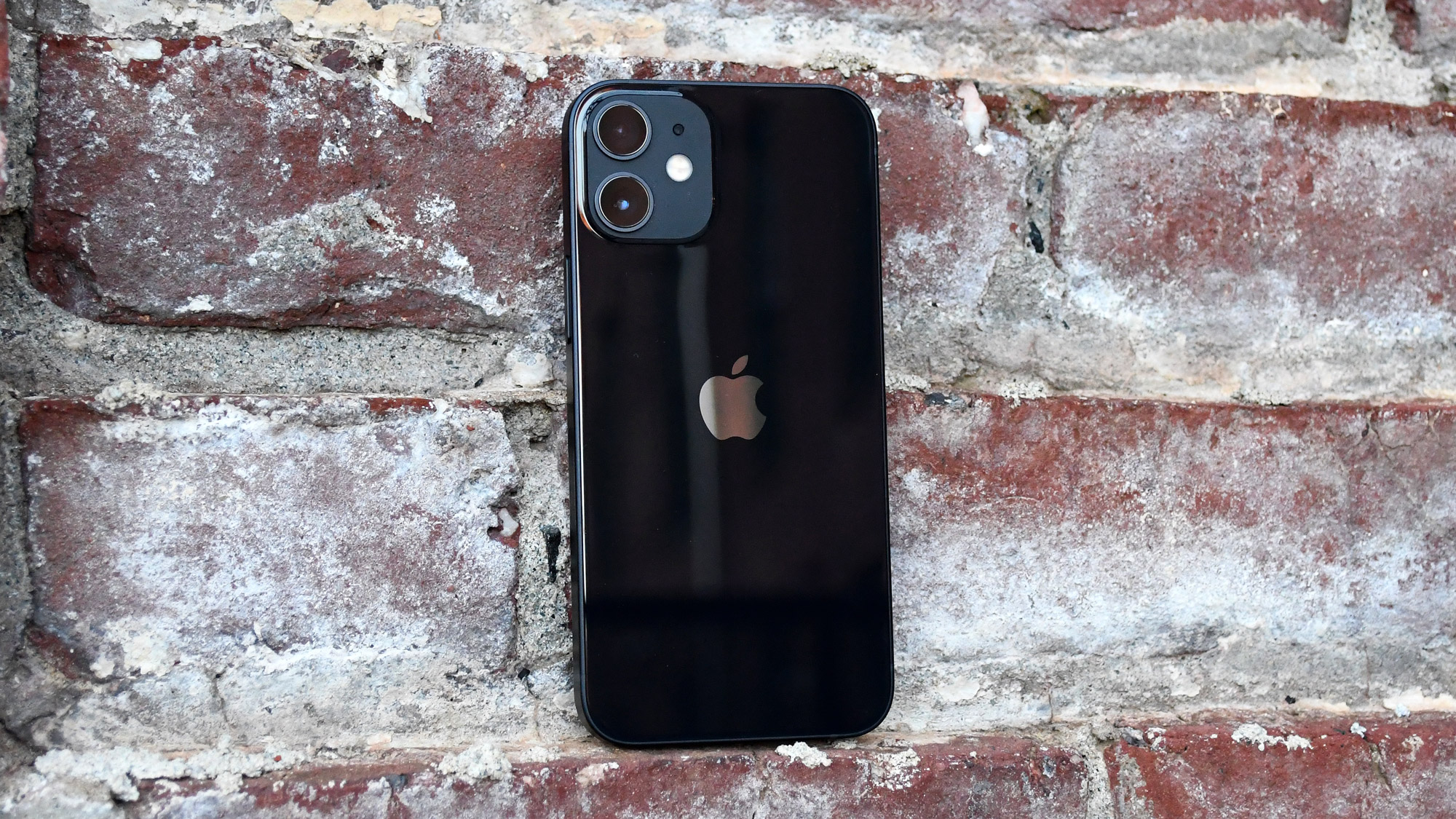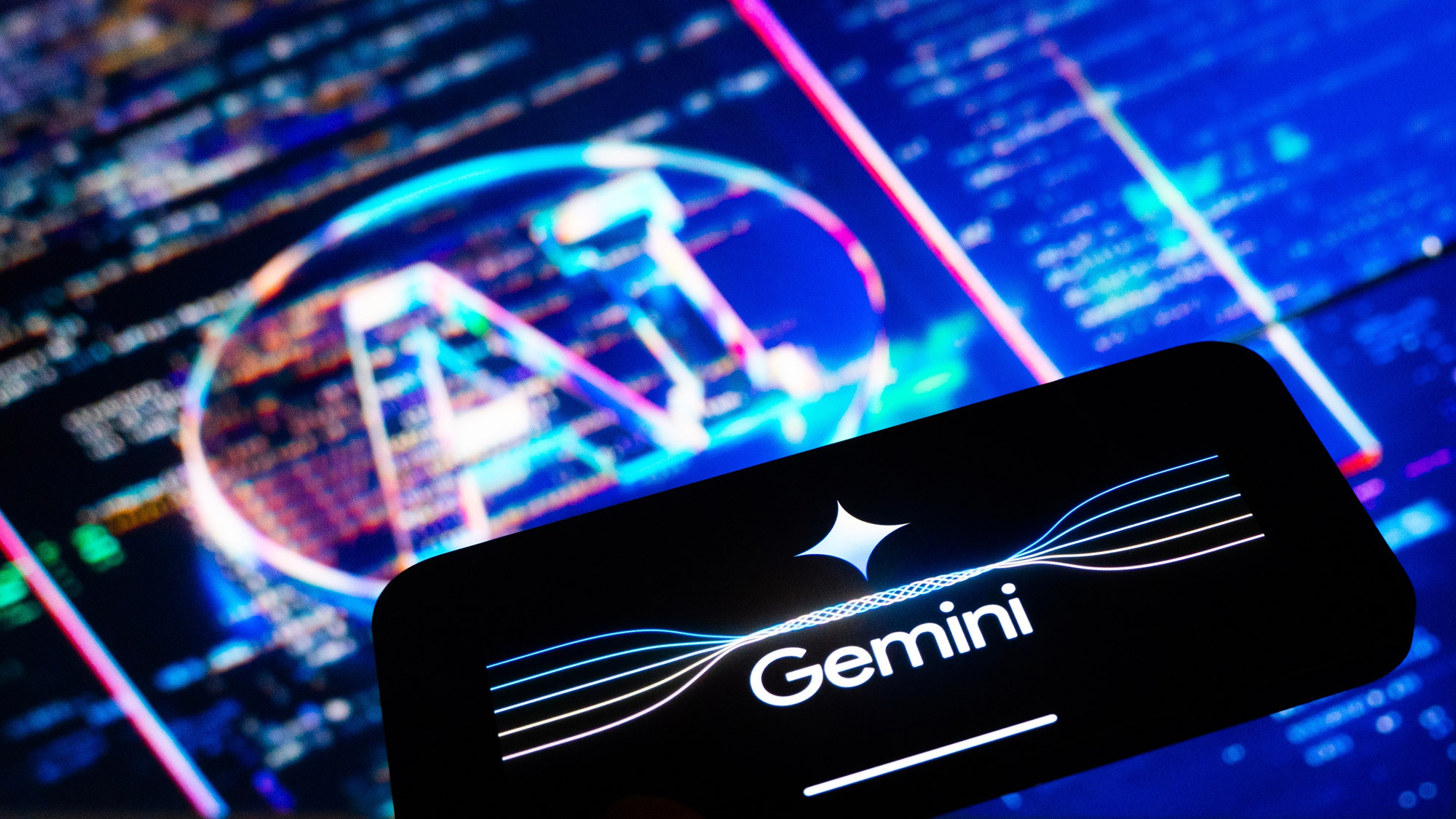The iPhone 12 mini is actually good — here's why
As phones get larger, they leave some of us behind

iPhone 12 mini
(Image credit: Tom's Guide)Up until now, iPhones had been going up — up in generation, and up in size. But this was one of those scenarios where bigger is not always better for everyone. And with Apple's release of the iPhone 12 mini, I found myself like Goldilocks, saying, "Ah, just right."
But the world's smallest 5G phone to date wasn't just a joyful creation that could fit into my decorative women's clothing pockets. It was, and is, in my opinion, one of 2020's best technological advocates for inclusivity.
- iPhone 13: What we know
- What are the best small phones?
- Plus: iPhone 12 mini size — here’s how small it truly is
You use your phone every day, so naturally, you’d prefer to actually use it instead of dropping it flat on your face every time you're lying down on your back. This unfortunate incident has happened to me almost every lazy morning with my previously "too large to hold" iPhone.
Due to paralysis in my left arm, I rely on my right to do, well, everything. So conveniently managing a large phone is just unmanageable. And I'm certainly not the only one who has struggled with the physically growing iPhones that have appeared over the years.
The iPhone 12 mini caters to a variety of people, from one-handed users to those with smaller hands. We have a real choice now. And, the option isn't between a conveniently sized 3G iPhone 5 or a new release that comes with all the upgraded specs but feels like you're trying to screenshot on a device with the maneuverability of an original Gameboy.
Sure, there have been other options, such as the iPhone SE (2020). It was only slightly larger and made an excellent phone for someone with larger hands, perhaps wanting more freedom for single-hand use. Still, I think it’s essential to consider someone who might be dealing with even smaller hand size. The 12 mini makes it possible for different people and bodies to operate their phones with one hand and no longer need to rely on a PopSocket if they don't want to.
iPhone 12 mini: Saving thumbs

Alexis Hillyard, the creator of Stump Kitchen, explained that the iPhone 12 mini's size won her over. Hillyard was born without her left hand. So a phone that is 2.5 inches wide and about 5 inches long is much easier to use for someone relying on one hand like herself.
"My thumb can reach more of the screen," shares Hillyard. And this, she pointed out, is one of the first things she looks for in a phone that is accessible to her. But something else Hillyard takes into account is material. "All phones are metal and slippery, so I like to make sure I can get a good case that isn't slippery," she says.
And one thing we all know to be true about cases is that many of them increase phone size. So starting with a smaller device helps those who count on adding a cover for this reason. "I don't know how possible it would be, but it would also be great if phones could one day feature a more ergonomically shaped design. Like this it would better fit into the hand," speculated Hillyard after I asked her what she'd like to see in the future of phone accessibility for limb-different users.
iPhone 12 mini: Redefining customization
Of course, no one factor can solve the accessibility issue. The iPhone 12 mini introduces the ability to find the right phone for your needs.
Founder of Rent To Own Labs Martin Orefice is also an iPhone 12 mini user and echoed this sentiment. "Ideally, it should fit within the dimensions of the hand. Just by sizing the phone to fit your hand, companies can naturally make things more accessible for a wider diversity of users," shared Orefice.

This fact is why choice is crucial. "Both iOS and Android phones come with a reachability setting. While this is great, I wish companies would realize the importance of sizing phones for one-hand use because they are meant to be highly portable and convenient. For me, the [iPhone 12] mini is more convenient to hold, which is a great relief," pointed out Orefice.
iPhone 12 mini: Physical accessibility isn’t just restricted to size
We’ve seen tremendous advancements on the technology front in recent years, especially regarding accessibility features and apps. Still, it's equally as important to consider the physical device that, before all things, you'll be holding to operate. That's why the iPhone 12 mini’s size offering brings so much to the table.

Rebekah Marine is a "Bionic Model" who was born without her right hand. Although not an iPhone 12 mini user, Marine also emphasized the importance of size and placement in terms of inclusivity. "Having been an iPhone user for many years, I've seen a lot of much-needed adaptive features come to light. I struggled with taking screenshots on the older iPhones, where I needed to press the "Home" and side buttons simultaneously. Now, more recent iPhones have much easier ways of taking a screen grab”, explained Marine.
It's crucial never to overlook what has been successful, so Marine also shared that phone technology is doing a great job incorporating adaptive and accessible features. "We have to remember that smartphones are still pretty new. So it will be a learning curve for everyone, including developers, as we learn about our needs," added Marine.
iPhone 12 mini: Outlook
That's why I believe in looking more towards what is working versus what is not, because taking a look at the small wins such as this literal small iPhone will be just as constructive. And this thought will hold especially true when it comes to continuing on the inclusivity streak that Apple set in motion after pointing their shrinking beam at the iPhone 12 (versus the kids).
Accessibility doesn't have to mean starting from scratch. Simply relocating a button or maybe adding a function to an already existing one can change so much depending on who uses the phone. Hand size and upper body limb differences are just one side of the inclusivity front when it comes to phones. But differing hand size, shape, ability, and amount of hands all affect everyone.

The iPhone 12 mini is an excellent example of how we can work towards a more accessible and inclusive phone future. This is why it’s especially heartbreaking that despite the positive message it sends, it's at risk of being discontinued due to weak demand. Apple is prioritizing a product's success rate based on income.
But success stems from, and is defined by, so much more than sales. The past year has brought about a rabid and overdue demand for equality and justice. And it's crucial to note that these concepts extend to everything and everyone, including the technology we use to connect over these very issues.
Sign up to get the BEST of Tom's Guide direct to your inbox.
Get instant access to breaking news, the hottest reviews, great deals and helpful tips.
Tom's Guide upgrades your life by helping you decide what products to buy, finding the best deals and showing you how to get the most out of them and solving problems as they arise. Tom's Guide is here to help you accomplish your goals, find great products without the hassle, get the best deals, discover things others don’t want you to know and save time when problems arise. Visit the About Tom's Guide page for more information and to find out how we test products.

